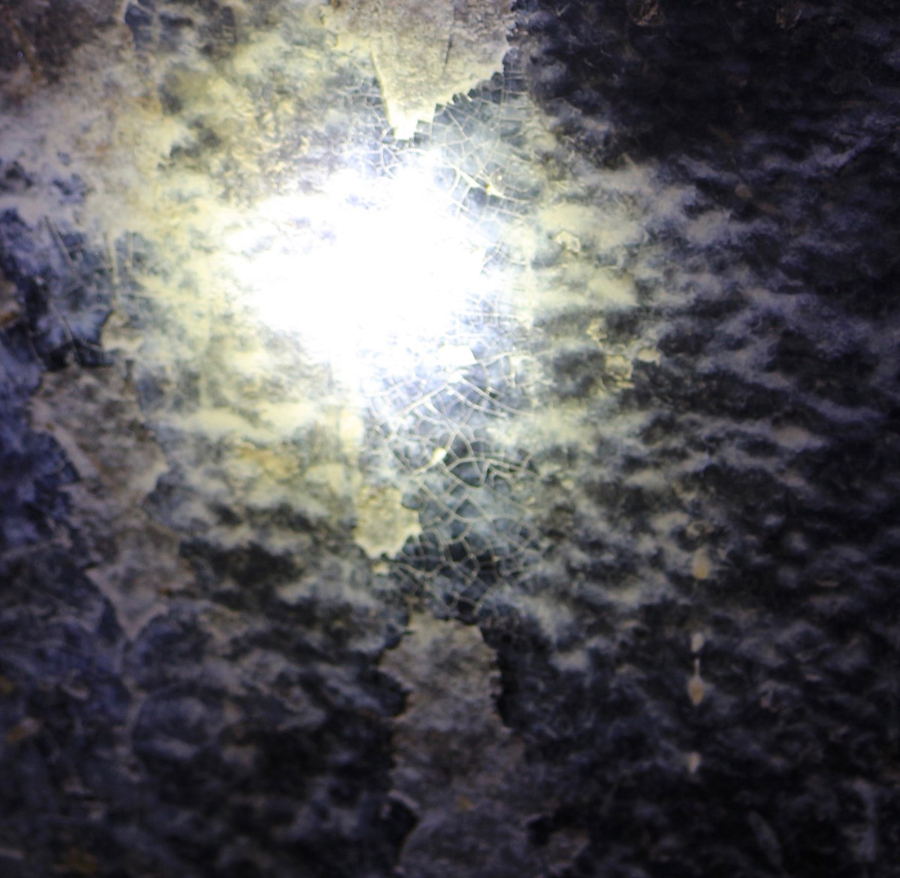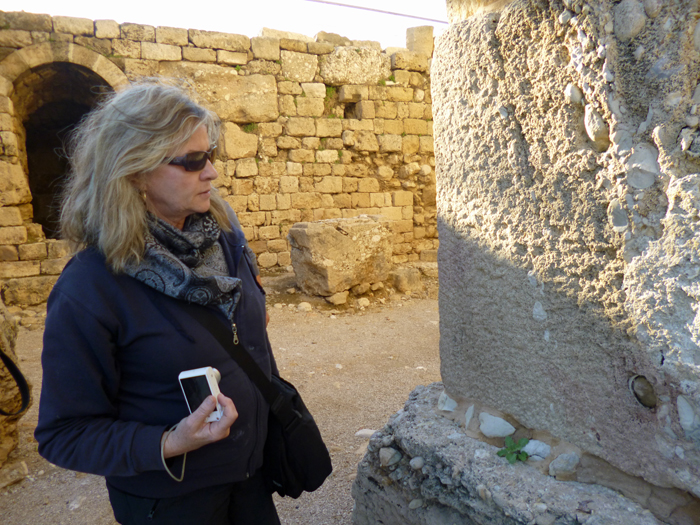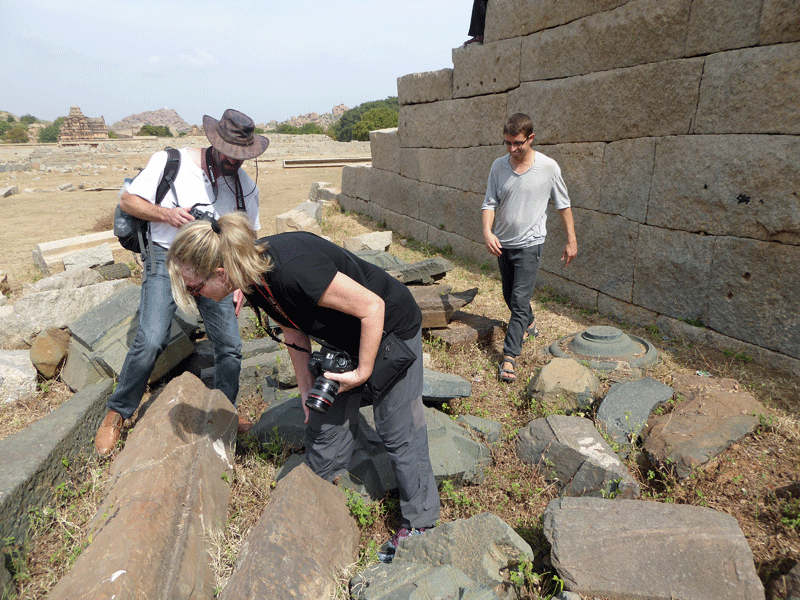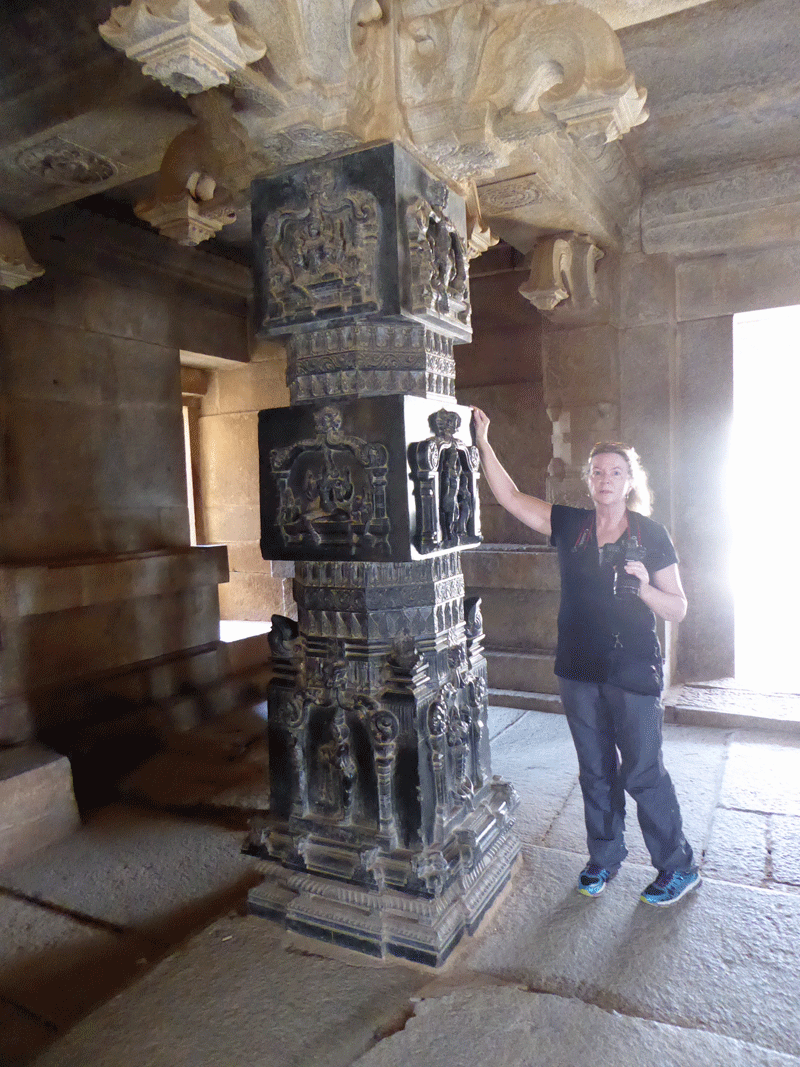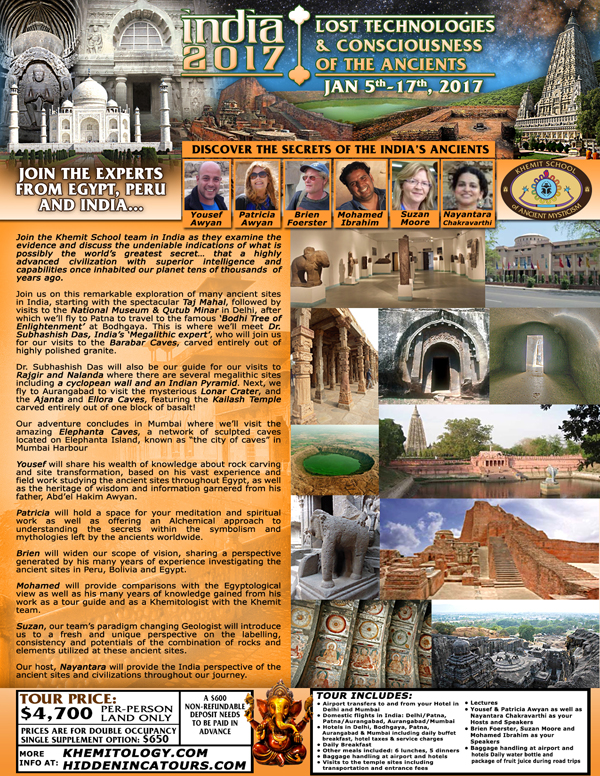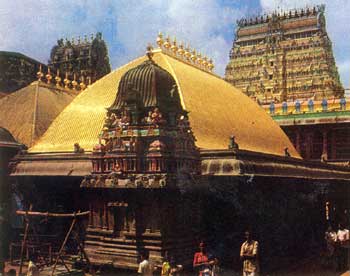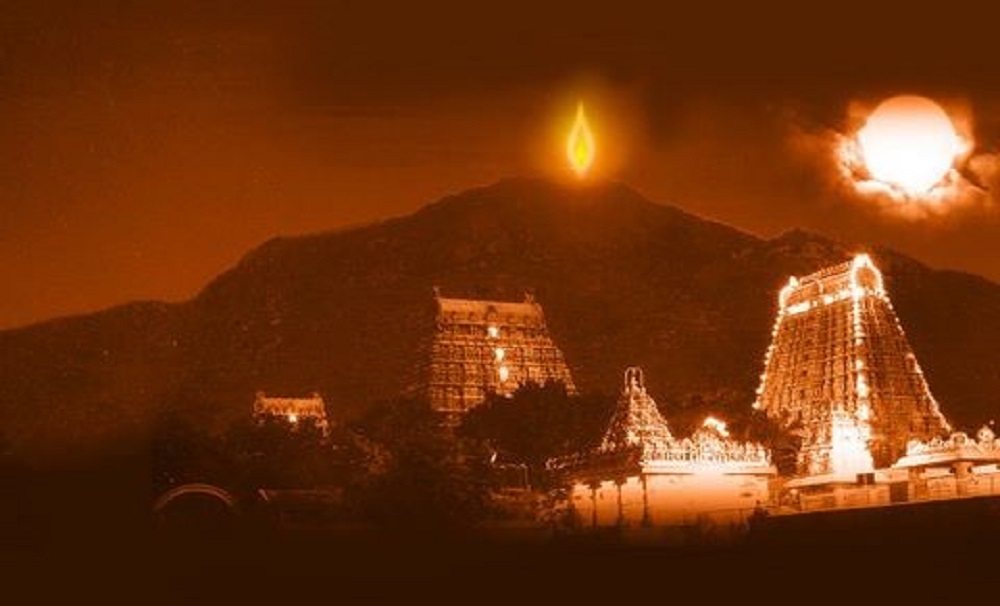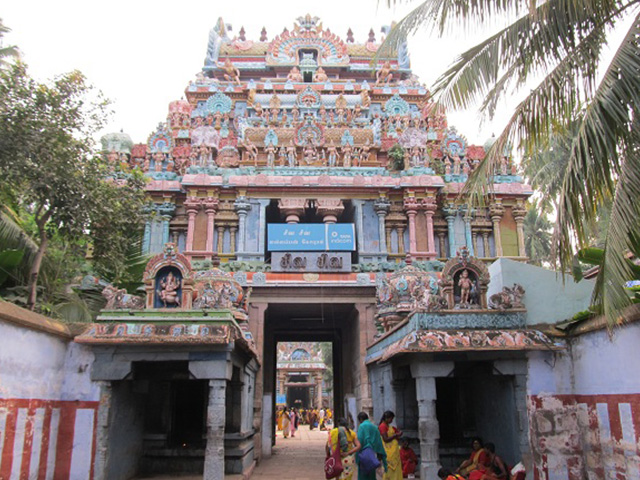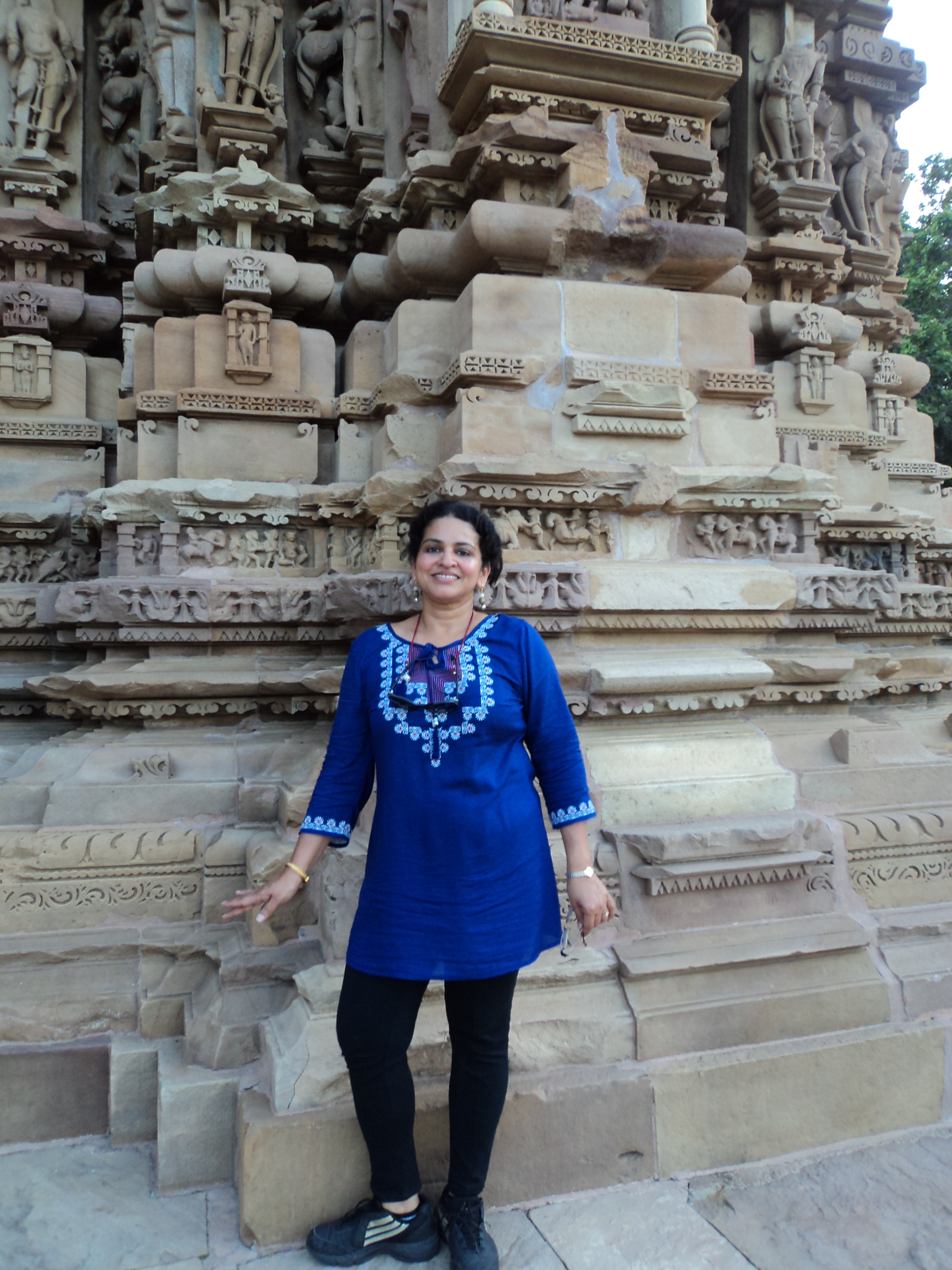Mystery of the Stone Box inside the Wenis (Unas) Pyramid at Saqqara
by Geologist, Suzan Moore
In 2017, the pyramid of Unas at Saqqara Egypt was opened for the first time in years. It is always an exciting experience to see something new, and this particular site has an air of mystery about it. After conducting a bit of research, I found that Unas, like all pyramids in Egypt, had a “granite” box. This particular box is supposedly made out of Basalt, which is very unique since most of the other boxes are made of a mixture of Syanitic Granite and Granodiorite. So, why Basalt? Was this a mistake or was it really made of Basalt. After more research, including Flinders Petrie’s notes, it appeared that it should indeed be made of Basalt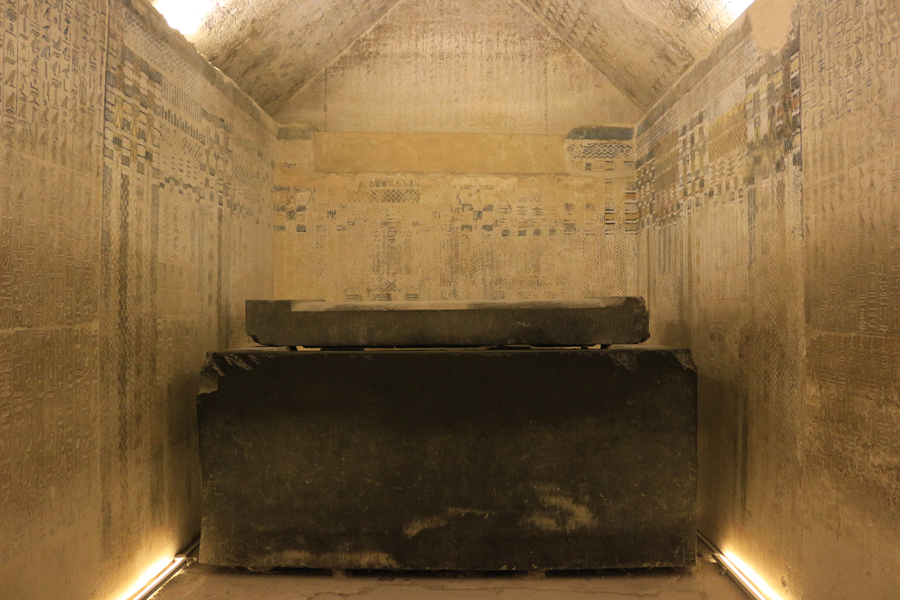 After much anticipation, we entered Unas and there it was. It was black and, at first glance, appeared to be a Basalt box, but after careful observation, several things were noted: The lid was almost completely off and was pushed towards the back of the box, but instead of appearing black like the rest of the box, it was grey. There were also several places on the upper surface of the box that looked as if the black had been rubbed off, exposing a grey surface beneath. With curiosity peaked, the box needed closer observation.
After much anticipation, we entered Unas and there it was. It was black and, at first glance, appeared to be a Basalt box, but after careful observation, several things were noted: The lid was almost completely off and was pushed towards the back of the box, but instead of appearing black like the rest of the box, it was grey. There were also several places on the upper surface of the box that looked as if the black had been rubbed off, exposing a grey surface beneath. With curiosity peaked, the box needed closer observation.
Unfortunately, being an artifact that resides in a Pyramid in Saqqara, we were unable to physically touch the box and I was only able to critically look at the box from a distance. The lid was too high up and too far back to look at closely, and unlike the box, it was a dull grey colour. Most other boxes, such as in the Serapeum, typically have a matching lid. Not all do, but most do. If the lid does not match then it is usually made of similar material. For example, if the box is Granodiorite then the lid is usually Granodiorite, but you never see a granite box with a limestone lid, or at least it has never been documented. So, when you have a black box with a grey lid, the flags are immediately raised.
Upon initial observation of the black box, we see a very smooth and even surface. The lighting is poor, and high power flashlights do not revel any noticeable mineralogy, just smooth black. A closer look at the inside of the box revealed some very interesting things: On the left back-side of the box there appeared to be several long streaks measuring from just a couple of centimeters to over 500 cm. These streaks appeared to be pealing or chipping off the surface of the box.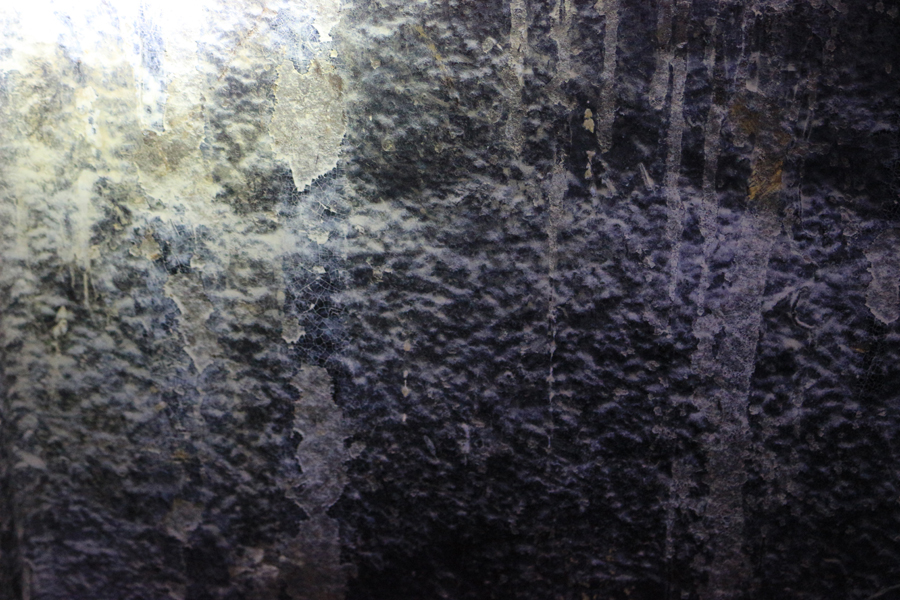
What were these? Shining the light on these streaks reveled a glassy type substance that was flaking off and had a very fine network of cracks in it. This is very interesting.
After closer examination with the flashlight, most of the inside of the box appeared to be coated with a glassy substance that reminded me of a high-fired pottery glaze, which leads me to the big question: What did they do to this box to make it unnaturally black and why? Is this a glaze?
If this is indeed a glaze on the box, then the logistics of that boggle the mind. The box is very large and heavy. It not something one could simply put into a pottery kiln, and most of the older pottery found in the area does not exhibit a glassy high-fired glaze.
There is another black “Basalt” box documented in the Pyramid of Teti. It would be interesting to compare this box with the one in Unas. If it is similar to the box in Unas, then why were they trying to make these boxes look black, and for what purpose?

